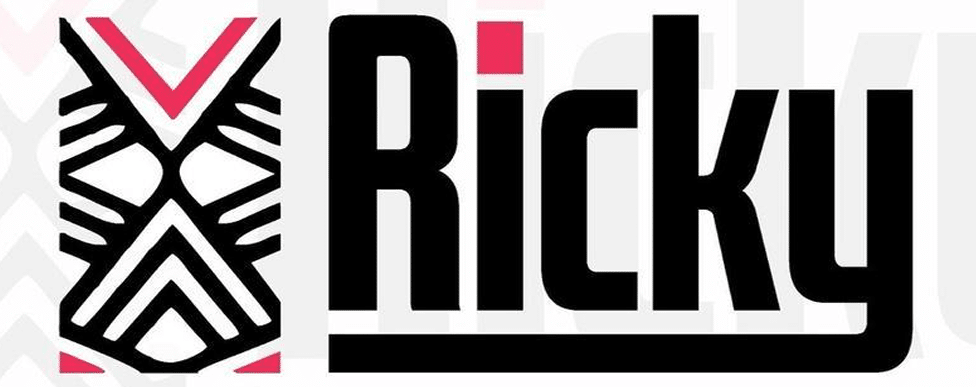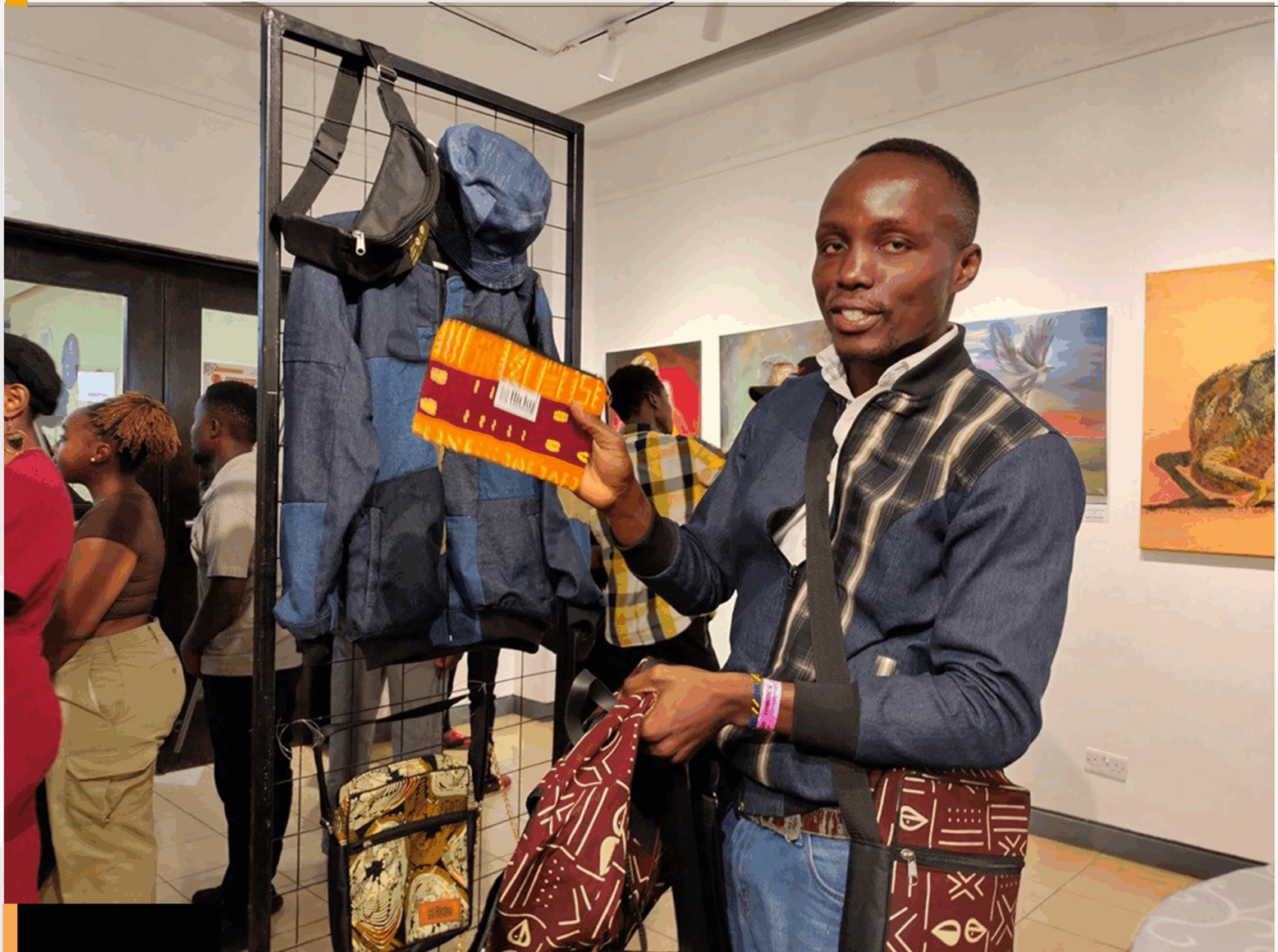The last weekend of March 2025 was an exciting time for Kenyan artists. The event? Young artists were showcasing their projects. The artists
ranged from experts in painting, weaving, beadwork, leatherwork, among other interesting artist forms. They displayed their wares and as well told their stories of how they were able to clinch a spot in the mentorship.
At the same time, the JENGA IT HUB, would be graduating its first cohort of mentees from the programme. The initiative, done in a collaboration of National Museums of Kenya and International Centre for the Study of the Preservation and Restoration of Cultural Property (ICCROM), blends technology with culture to empower young people and enable them better appreciate their heritage through the products they make for the market.
The programme, in its first edition, was launched in May 2024. According to the UNESCO website, the International Centre for the Study of the Preservation and Restoration of Cultural Property (ICCROM) is an intergovernmental organization created to promote the conservation of all forms of cultural heritage, in every region of the world. Its mission is to provide Member States with the best tools, knowledge, skills and enabling environment to preserve their cultural heritage in all of its forms, for the benefit of all people. Through its work, ICCROM is contributing to the environmental, social and economic sustainability of communities.
The hub in Nairobi joins a network of similar centres in Rwanda, South Africa, Egypt, and Zimbabwe, which collectively aim to empower young Africans by providing them with the skills and opportunities to thrive in the modern world. It was inaugurated as the Kenya Youth Heritage Hub (KYHH) and officially opened as the Jenga IT Hub, Nairobi Chapter at the Nairobi National Museum in May 2024.
This initiative is part of ICCROM’s broader Youth.Heritage.Africa Programme, which aims to engage youth across the continent through innovative and creative avenues, positioning cultural heritage as a cornerstone for economic and social development.
Over a period of nine months, Jenga IT programme, gave comprehensive training to its first cohort of 22 youth participants at the National Museums of Kenya. The Finalists were chosen from a very competitive recruitment process, where more than 1,000 artists had sent in their applications.
The training included fashion, performing arts, visual arts, and entrepreneurial skills such as proposal writing. By equipping young Kenyans with these diverse skills, the programme aims to foster both personal and professional development, enabling participants to contribute meaningfully to the creative economy.
Other youth heritage hubs are located in Lamu, Ileret, Fort Jesus, and the Swahili Pot. providing spaces where youth can explore their cultural heritage, collaborate on creative projects, and gain valuable skills that will serve them well in the future.
Ricky Bags
Consider this young economist, Robert Mrima, whose bag business at Fort Jesus in Mombasa is already catching international attention.
Robert is a graduate in Economics, and even worked as an accountant. But he remembers that the job did not feel fulfilling, and at the same time, his creative bug could not let go of Robert. He was particularly intrigued with the materials that make billboards. What’s more, he noted that the materials become waste once their campaign purpose is accomplished. His ideas were birthed at a time the world was experiencing a major shutdown, thanks to Covid-19 pandemic.
“During the covid lockdown in 2020, I noticed that many billboard materials were thrown away after their use run its course. I thought to myself, what else can come out of these materials?” Robert remembers as he exhibits his products at the Jenga IT event on March 29, at the National Museums of Kenya in Nairobi.
He got a few of his friends to help him look for those waste materials. He came up with a few designs for school bags, and then gave instructions to a tailor. The tailor followed what Robert’s instructed, and after a few tries, Ricky Bags was born. His father, Ricky, who has since passed away, was very instrumental in Robert’s business growth.
The bag business is slowly making headway into the custom-made, unique products that make use of materials that would have otherwise found their way into the dumping sites. Robert is collaborating with those in the advertising business so that they help him get the raw materials he needs. His workshop in Mombasa now employs tailors, designers and a number of other people who help with the daily production. Robert on the other hand is the marketer. He has had opportunity to showcase his products in Europe, in Belgium. The responses are encouraging, and orders are coming in every day.
“I named the business after my dad. He was my encouragement, and showed me the tricks of the trade,” remembers Robert. His dad passed way a few years after the business was started, but Robert is keen on keeping his legacy alive.
“He taught me the importance of giving. For every bag or other items that I sell, I must donate a schoolbag to school-going children of Kilifi, in the Kenyan coast,” he says he caught this from his father, who believed in help- ing the needy. Ricky Bags could soon be entering the Norway market, thanks to an upcoming opportunity in June, to visit the country and sell his ideas. The business has employed no less than 50 workers on fulltime basis, with tailors, and those who are sent to collect materials for re-use from factories and other warehouses.
“We do not waste any materials, in fact, we are well regarded within the industry and market for using materials that have been discarded by manufacturers or other businesses. Billboard materials, and jeans cut-offs are among our best raw materials. We aim for zero waste, and I believe our focus is on it,” Robert says at the exhibition. Among the skills that Robert has gained during is nine months of mentorship are de- sign, business management, and marketing skills. He sees these as crucial to expanding his client base.
Jenga IT Hub in Nairobi is particularly noteworthy for its focus on integrating technology with the arts. Participants will have access to state-of-the-art facilities and resources, enabling them to experiment with new media and digital tools. This integration of technology is essential for ensuring that Kenya’s cultural heritage is preserved and pro- moted in ways that are relevant to the digital age.

